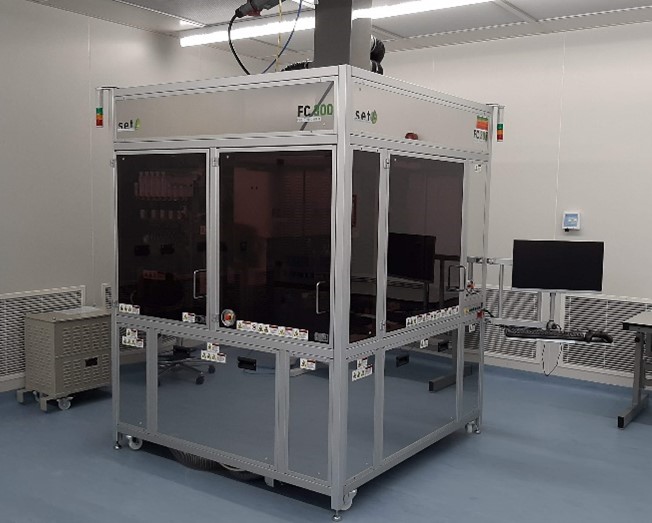
SUCCESS STORY at Science and Technology Facilities Council (STFC)
Interview with Dr. Andreas Schneider – Senior Scientist (Physics, Process Development, Interconnect & Assembly)
Tell us about STFC. What are you specialized in?
The Science and Technology Facilities Council (STFC) is part of UK Research and Innovation (UKRI) which comprises seven Research Councils (including STFC), Innovate UK and Research England.
STFC supports research in astronomy, physics, and space science, and operates several world class research facilities for the UK.
In the Technology Department of the Rutherford Appleton Laboratory (RAL) which is a part of STFC, most groups are involved in developing and building scientific instruments. Such instruments include a large variety of different X-ray and gamma-ray detectors which are assembled on site using flip-chip bonders like the FC300.
Why did you buy a FC300?
For the assembly of X-ray and gamma-ray detectors. With flip-chip bonders we are able to connect sensors with read-out ASIC chips. We had already good experience with a smaller bonder (FC150) and now, with the FC300, we are able to bond read-out ASICs to larger sensors (up to 8-inch/200mm) with much greater accuracy. In addition, with the FC300, we have the option of an in situ reflow technique under formic acid atmosphere which will be a huge advancement for our indium bump bond processes.

The FC300 in STFC clean room
What kind of applications are you developing with it?
Detectors that will be used for scientific experiments on synchrotrons such as the Diamond Light Source and the European X-Ray Free Electron Laser (XFEL) but not limited to such scientific applications.
To what extent are you satisfied with this machine?
The fully automated high-precision calibration (≤ 0.1µm) speeds up our processes considerably compared to the old FC150 bonder.

 de
de zh
zh en
en fr
fr